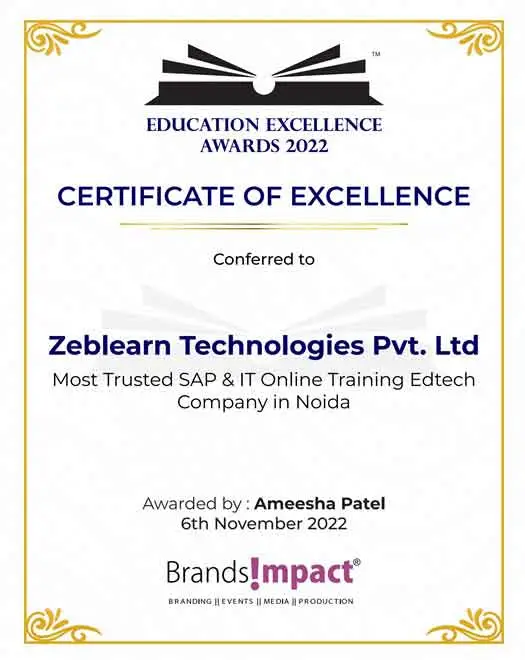
Trainer Profiles
Here are some of the esteemed partners who have collaborated with us to offer certification programs.
About Core Java Training Program
equals Method hashCode Method public and Default public, protected, private, and Default public static final Constants ordinal and values Month, DayOfWeekThe annual salary of an Core Java is $125k.
Zeblearnindia Learning is your one-stop institute to learn SAP Online Training Courses, Web Designing, Data Science, Fullstack Developer, Salesforce, Workday, Machine Learning, software testing and video editing. With the flexibility of choosing between online and classroom (offline) modes of learning, our comprehensive courses have been specifically designed for students, working professionals, businessmen and entrepreneurs. Here’s what you’ll get at Zeblearnindia Learning:

The most traditional way to learn with increased visibility,monitoring and control over learners with ease to learn at any time from internet-connected devices.
Case studies based on top industry frameworks help you to relate your learning with real-time based industry solutions.
Adding the scope of improvement and fostering the analytical abilities and skills through the perfect piece of academic work.
Get Unlimited access of the course throughout the life providing the freedom to learn at your own pace.
With no limits to learn and in-depth vision from all-time available support to resolve all your queries related to the course.
The most traditional way to learn with increased visibility,monitoring and control over learners with ease to learn at any time from internet.
For any queries, feedback, or assistance, reach out to ZebLearn Learner Support.
| Track | Week Days | Course Duration | Fast Track |
|---|---|---|---|
| Week Days | 40-45 Days | 2 Hrs. Per Day | Online |
| Course Duration | 7 Weekends | 3 Hrs. Per Day | Online |
| Fast Track | 8 Days | 6+ Hrs. Per Day | Online |
Unlock Your Scholarship! Register Today to Take Advantage of the Best Offer | Offer Ends In
Enroll Now
About Core Java Training Program

We always care for our students and love to getting good feedbacks from you. Take a look at what some of our clients think of us.
| Date | Type | Schedule | Time | |
|---|---|---|---|---|
| SOLD OUT | 22 September 2024 | Weekend | SAT - SUN (08 Week) | 18:00 To 20:00 |
 |
27 September 2024 | Weekday | MON - FRI (08 Week) | 08:00 To 10:00 |
| 2 October 2024 | Weekend | MON - FRI (08 Week) | 10:00 To 00:00 |
We are proud to offer our Core Java Training Program services across numerous states of Senegal.